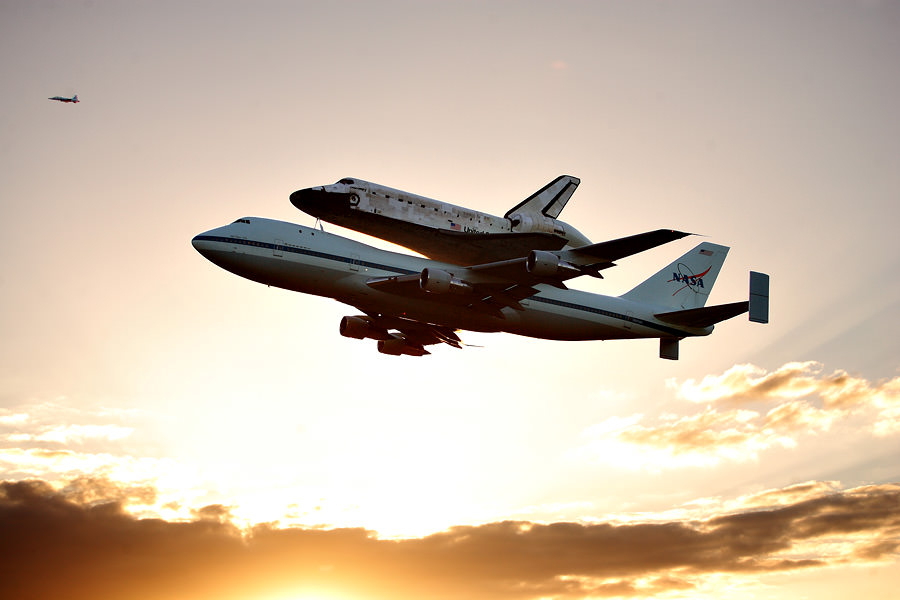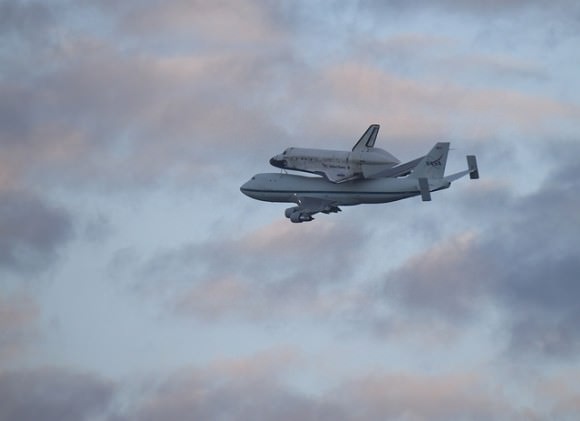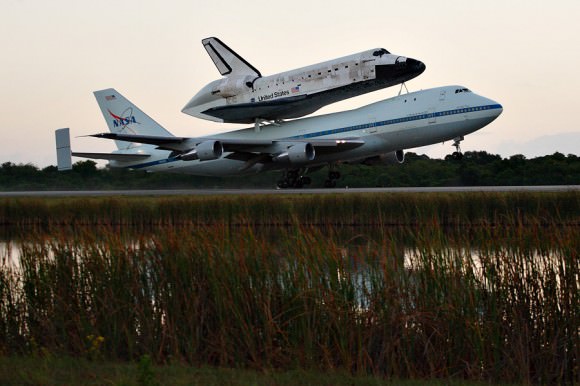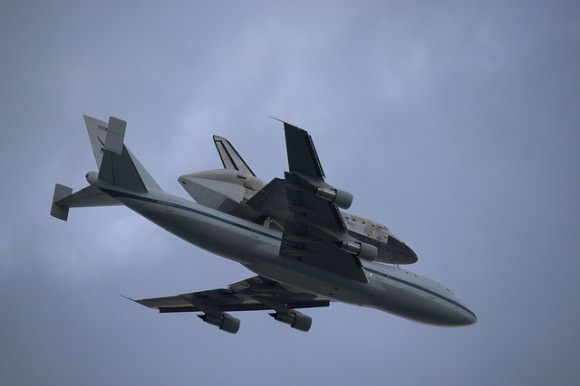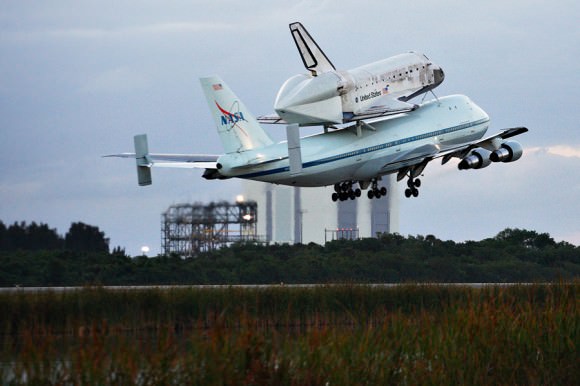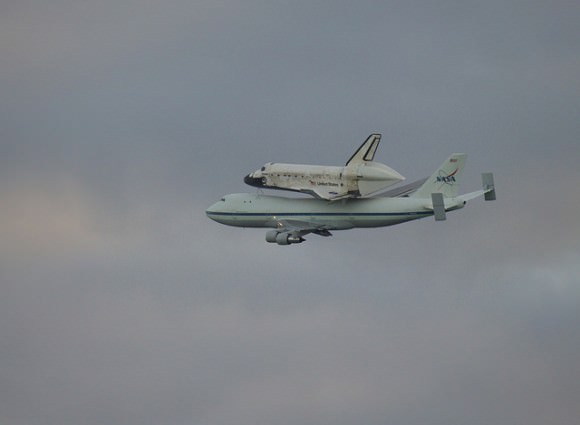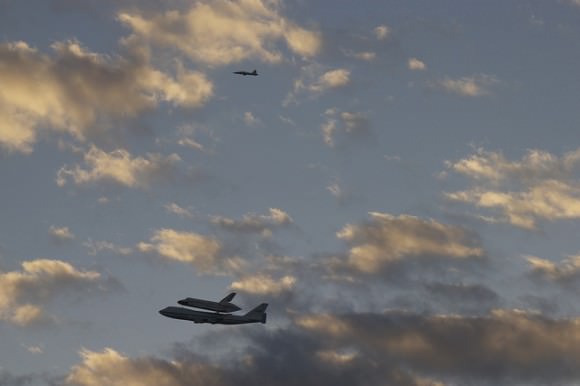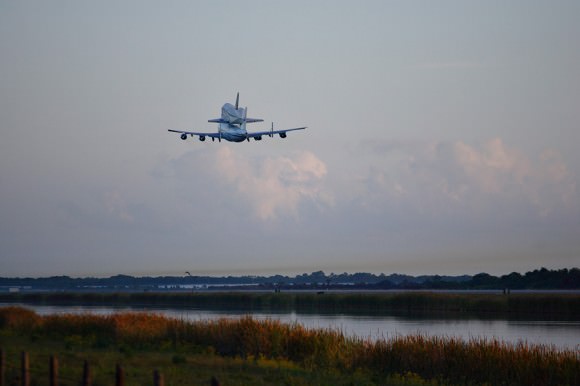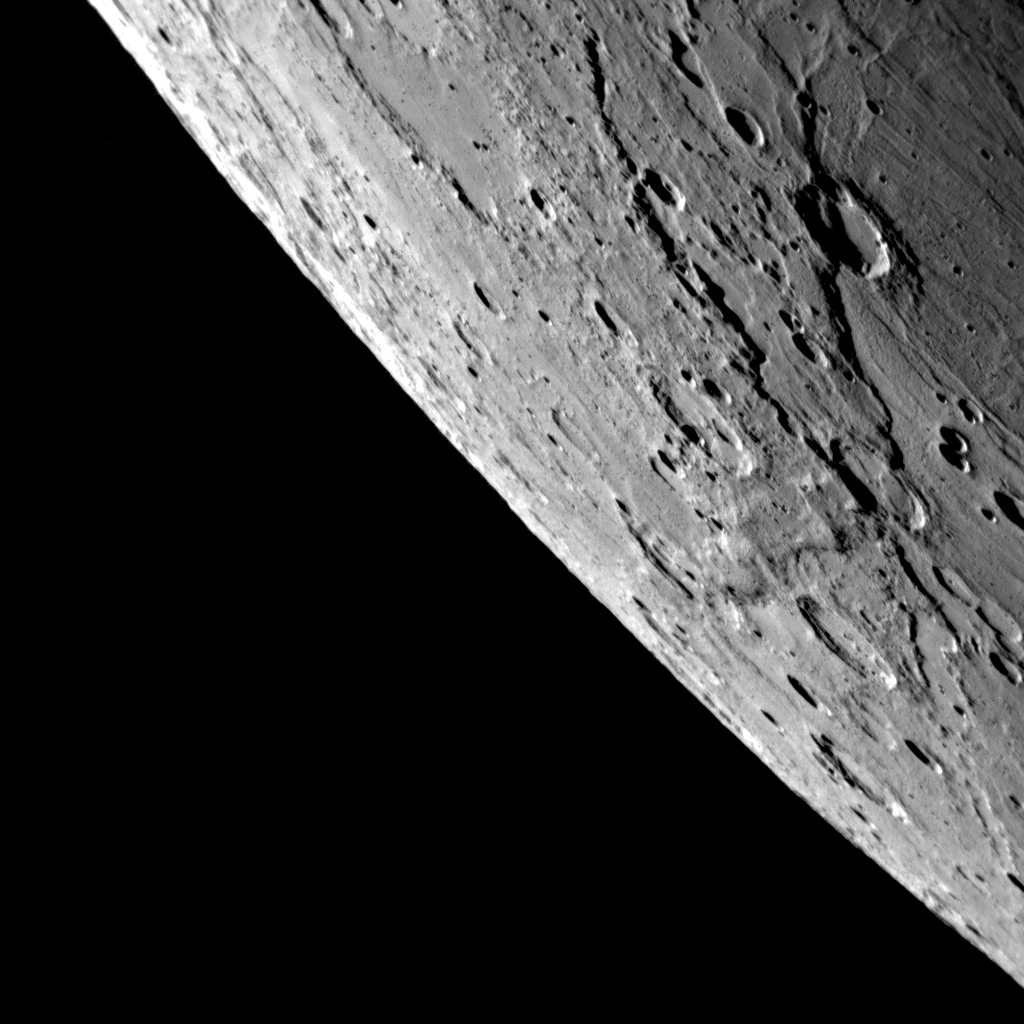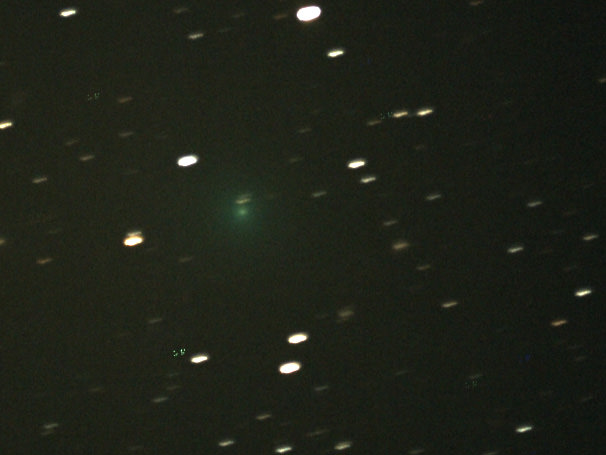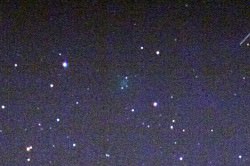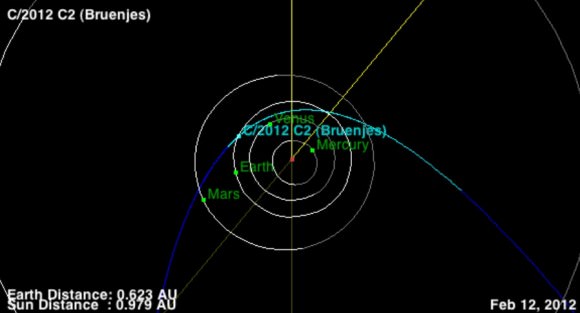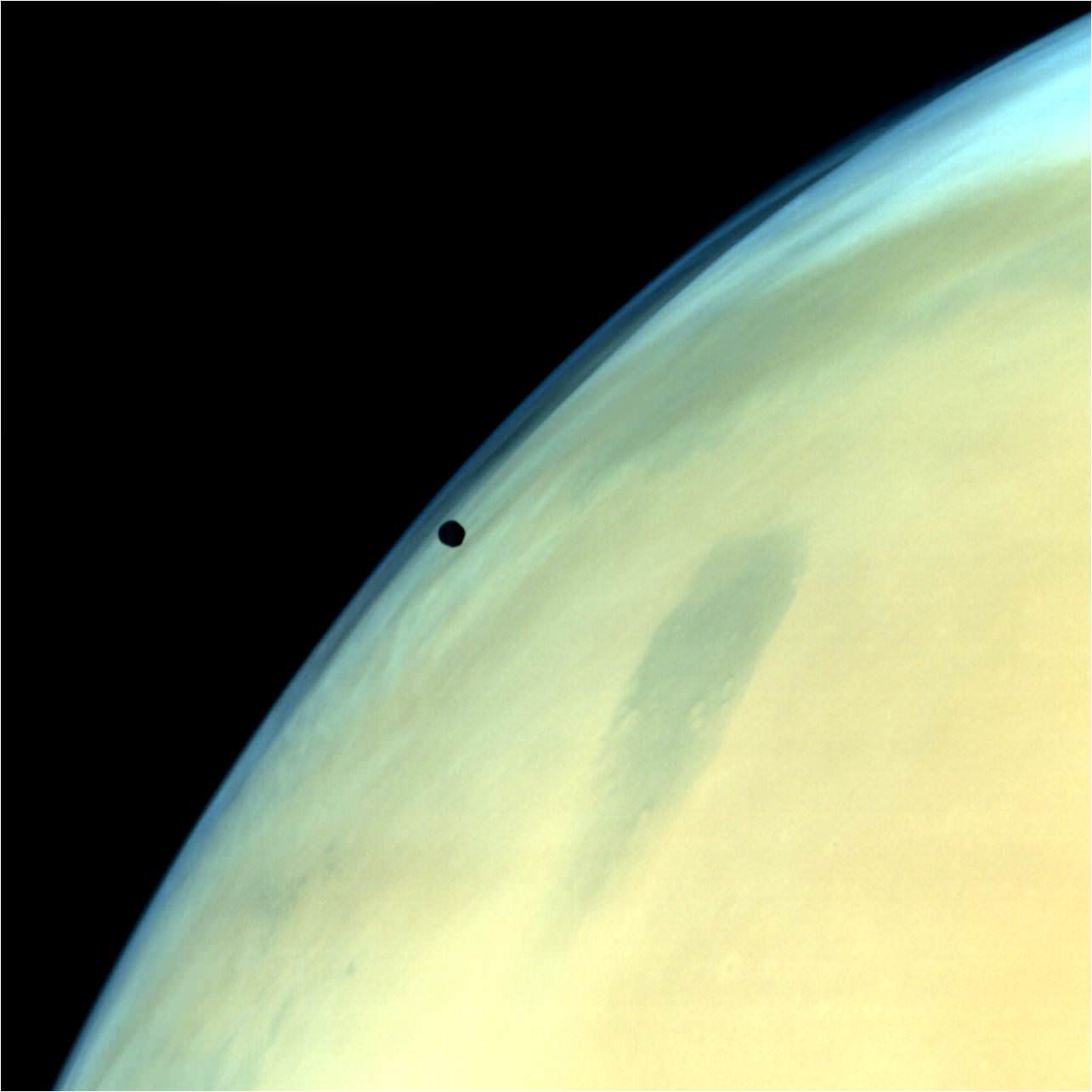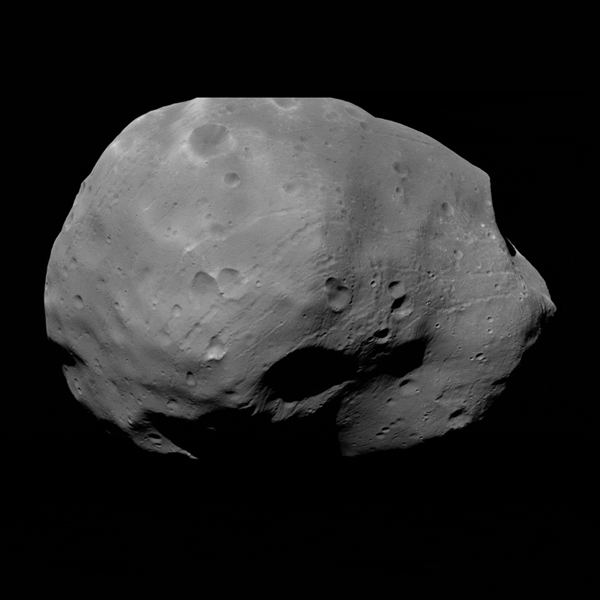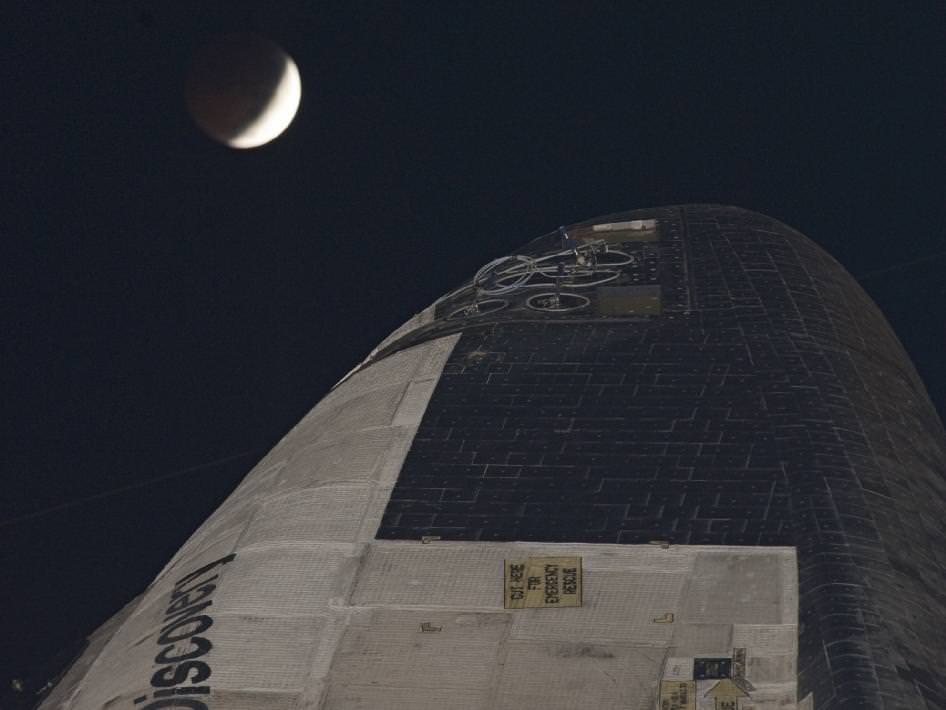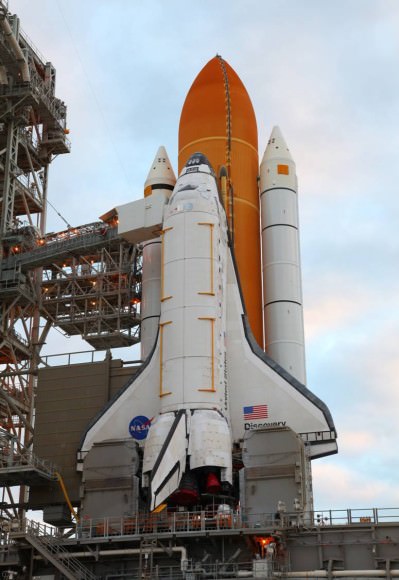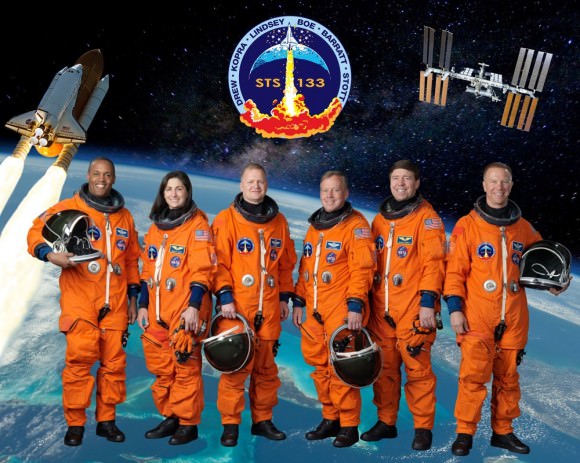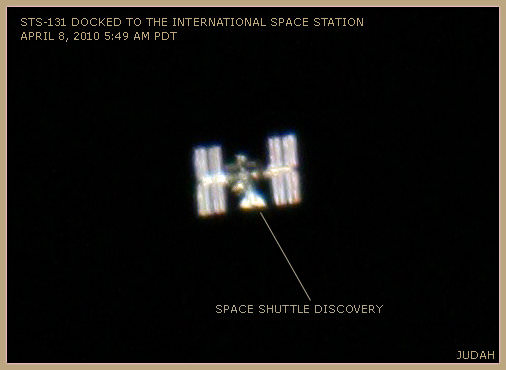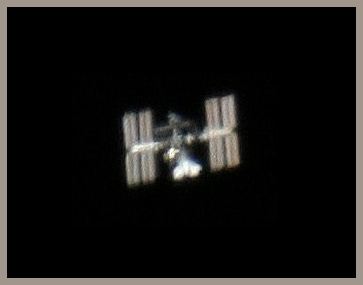This just in! Astronomers working with the Hubble Space Telescope have spotted a new moon around distant Pluto, bringing the known count up to 5. The image above was released by NASA just minutes ago, showing the Pluto system with its newest member, P5.
This news comes just a couple of weeks shy of the one-year anniversary of the announcement of Pluto’s 4th known moon, still currently named “P4”.
The news was shared this morning by an undoubtedly excited Alan Stern of the Southwest Research Institute (SwRI) on Twitter.
Astronomers estimate P5 to be between 6 and 15 miles (9.6 to 24 km) in diameter. It orbits Pluto in the same plane as the other moons — Charon, Nix, Hydra and P4.
“The moons form a series of neatly nested orbits, a bit like Russian dolls,” said team lead Mark Showalter of the SETI Institute.
A mini-abstract of an upcoming paper lists image sets acquired on 5 separate occasions in June and July. According to the abstract, P5 is 4% as bright as Nix and 50% as bright as P4.
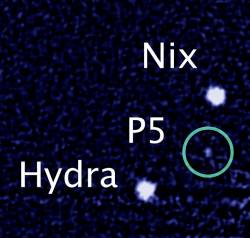 The satellite’s mean magnitude is V = 27.0 +/- 0.3, making it 4 percent as bright as Pluto II (Nix) and half as bright as S/2011 (134340) 1. The diameter depends on the assumed geometric albedo: 10 km if p_v = 0.35, or 25 km if p_v =0.04. The motion is consistent with a body traveling on a near-circular orbit coplanar with the other satellites. The inferred mean motion is 17.8 +/- 0.1 degrees per day (P = 20.2 +/- 0.1 days), and the projected radial distance from Pluto is 42000 +/- 2000 km, placing P5 interior to Pluto II (Nix) and close to the 1:3 mean motion resonance with Pluto I (Charon).
The satellite’s mean magnitude is V = 27.0 +/- 0.3, making it 4 percent as bright as Pluto II (Nix) and half as bright as S/2011 (134340) 1. The diameter depends on the assumed geometric albedo: 10 km if p_v = 0.35, or 25 km if p_v =0.04. The motion is consistent with a body traveling on a near-circular orbit coplanar with the other satellites. The inferred mean motion is 17.8 +/- 0.1 degrees per day (P = 20.2 +/- 0.1 days), and the projected radial distance from Pluto is 42000 +/- 2000 km, placing P5 interior to Pluto II (Nix) and close to the 1:3 mean motion resonance with Pluto I (Charon).
The new detection will help scientists navigate NASA’s New Horizons spacecraft through the Pluto system in 2015, when it makes an historic and long-awaited high-speed flyby of the distant world.
See the news release from NASA here.
(H/T to Ray Sanders at DearAstronomer.com)
Top image: NASA, ESA and M. Showalter (SETI Institute)



